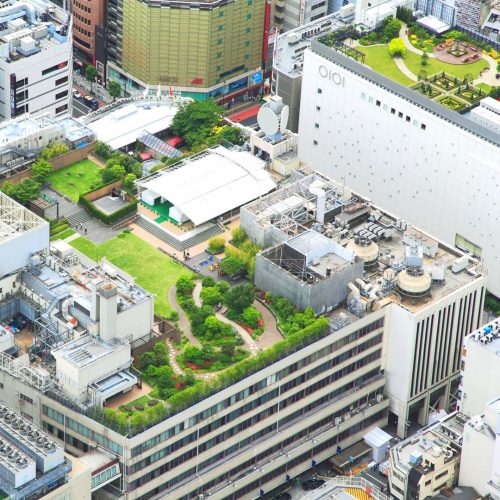
Moving Toward Net Zero
This course fulfills the Net Zero Carbon Design requirements, including California, and teaches what ‘net zero’ refers to, how to achieve it, technologies to generate power from renewable resources, and carbon offsets.
- Alabama
- Alaska
- Arizona
- Arkansas
- California
- Colorado
- Connecticut
- Delaware
- District Of Columbia
- Florida
- Georgia
- Hawaii
- Idaho
- Illinois
- Indiana
- Iowa
- Kansas
- Kentucky
- Louisiana
- Maine
- Maryland
- Massachusetts
- Michigan
- Minnesota
- Mississippi
- Missouri
- Montana
- Nebraska
- Nevada
- New Hampshire
- New Jersey
- New Mexico
- New York
- North Carolina
- North Dakota
- Ohio
- Oklahoma
- Oregon
- Puerto Rico
- Rhode Island
- South Carolina
- South Dakota
- Tennessee
- Texas
- Utah
- Vermont
- Virginia
- Washington
- Washington
- West Virginia
- Wyoming
Description
Sustainability is defined by one source as “meeting current needs, without compromising the ability of future generations to meet their needs, in the environment we will leave them.” Net zero refers to achieving an overall balance between carbon-based emissions produced and the removal or offsetting of the same amount of carbon from the atmosphere. Taken together, striving to meet these two objectives can result in choices made in project design and project use, resulting in the least harm possible being done to our environment. We will examine a few key principles involved in moving toward ‘net zero:
- Designing buildings that use as little energy as possible, once occupied as intended
- Generating as much power on-site, or the equivalent thereof, to supply the power still needed and used by the facility
- Look at carbon emissions and ways to lower or offset greenhouse gas emissions as a result of our activities
This course teaches the following knowledge and skills:
- An understanding of what is being referred to, when ‘net zero’ is being discussed
- An overview of broad strategies used in designing sustainable buildings
- Identifying sources of more environmentally friendly materials for incorporation in projects
- Why buildings renovated for adaptive reuse are arguably the greenest buildings.
- How incorporating passive design principles can reduce future energy use.
- Use of the earth’s temperature below the frost line to preheat and precool incoming air
- A good understanding of different options for insulating building envelopes
- How LEED certification can be sought and obtained
- Different ways in which green power can be purchased
- Criteria that can be used in purchasing Renewable Energy Certificates
- The various technologies used to generate power on site from renewable resources
- Steps to be taken in planning for an on-site renewable generation project
- The primary differences between renewable energy certificates and carbon offsets
- How clean water state revolving funds are used to finance conservation projects
This Course Covers:
Overall Steps in Reaching Net Zero
Part One – Minimizing Energy Use in Buildings
- Broad Design Concepts for Energy Conservation
- Energy Audits
- Passive Site and Building Design
- Designing for LEED Certification
- Recycling Buildings
- Energy Efficient Building Envelopes
- Energy Efficient Building Components
- Lifestyle Choices to Conserve Energy and Other Resources
- Creating Replacement Power
- Summary of Minimizing Energy Use
Part Two – Minimizing Carbon Output
- Purchasing Green Power
- Purchasing Carbon Offsets
- Funding Land Conservation Projects with the Clean Water State Revolving Fund
- Summary of Reducing Carbon Output
Credit(s) earned on completion of this course will be reported to AIA CES for AIA members. Certificates of Completion for both AIA members and non-AIA members are available to print upon completion of the course.
